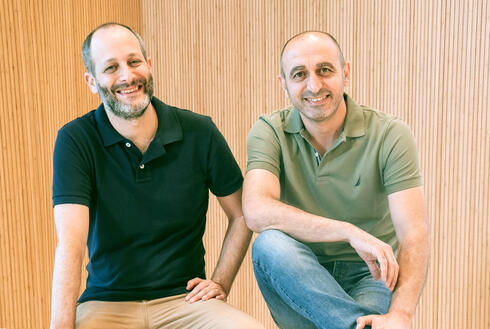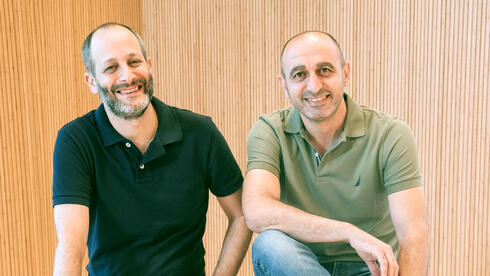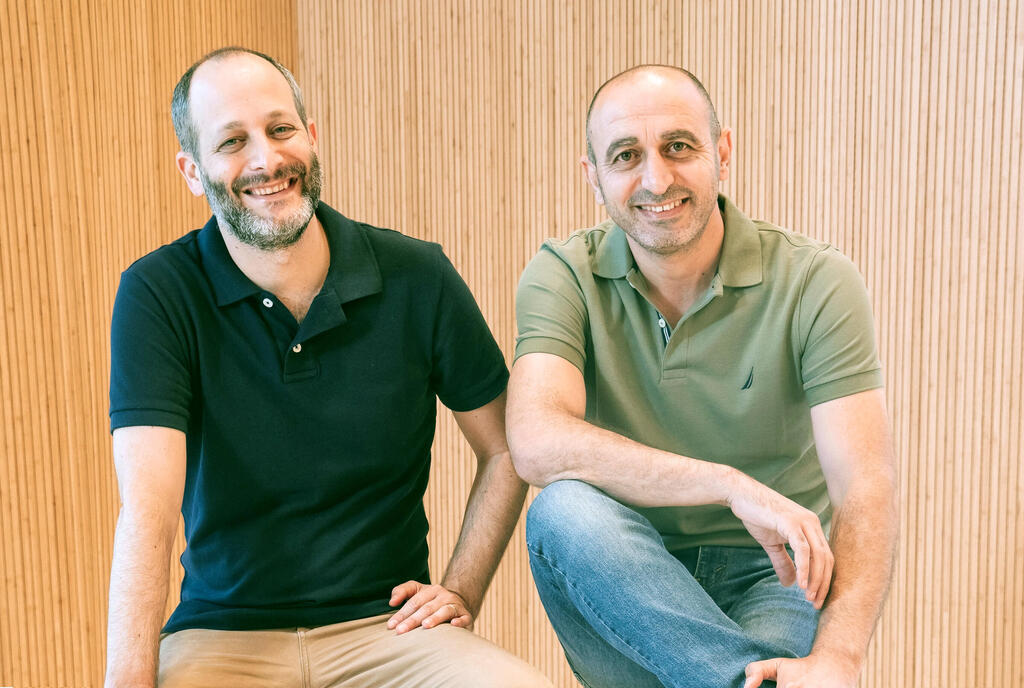Teramount raises $50M to supercharge AI chips with light | CTech
作者:Meir Orbach

Israeli startup’s optical tech promises 100x data speeds and 70% power savings.
Teramount, a startup developing fiber-to-chip interconnect solutions for AI infrastructure chips, has raised $50 million in a Series A funding round. The company was founded by Hesham Taha and Abraham Israel, both PhDs in applied physics and graduates of the Hebrew University. The round was led by Koch Disruptive Technologies (KDT), a new investor, with participation from previous backers including Grove Ventures and new strategic partners such as AMD Ventures, Hitachi Ventures, Samsung Catalyst Fund, and Wistron.
The Series A includes $41 million in new funding and an additional $9 million from a previous SAFE (Simple Agreement for Future Equity) round executed about a year ago by the same investors, now converted as part of this round.
In an interview with Calcalist, CEO and co-founder Hesham Taha explained the company's origins:
"I earned my PhD in applied physics in Jerusalem, where I met Avi Israel. We've been friends since school. In 2013, we began our journey, and in 2015 we launched the company with a long-term vision: to connect chips using light, not electricity, for faster and more efficient communication."
That vision has become especially relevant in the AI age, where high-speed, low-power data transfer between chips is essential. According to Taha, Teramount’s technology enables 100x faster data transfer rates and reduces power consumption by 70% compared to traditional electrical interconnects.
Teramount’s core innovation is in the field of optical chip-to-chip connectivity, targeting AI processors, data centers, high-performance computing, communication networks, and sensors. The company has developed a proprietary "PhotonicPlug" and "PhotonicBump" system, anchored in multiple patents, which enables seamless integration of optical fibers with semiconductor chips.
“We’ve managed to introduce critical building blocks into the semiconductor industry and are now engaged with several top-tier customers,” Taha said. “We’re already shipping in small volumes, and for the first time, AI processors are being connected with optical links using our technology.”
关于《Teramount raises $50M to supercharge AI chips with light | CTech》的评论
暂无评论

